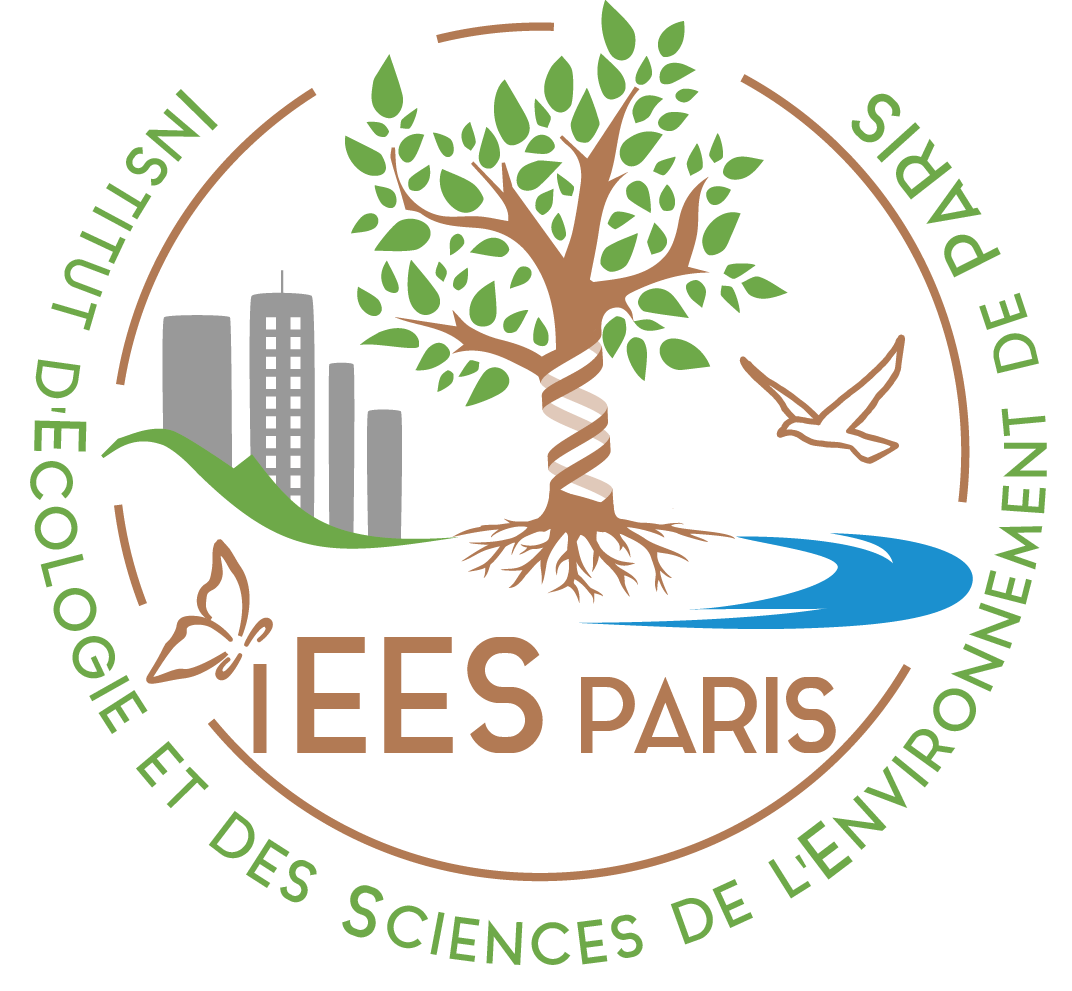CO2 evasion along streams driven by groundwater inputs and geomorphic controls
Headwaters are hotspots of carbon dioxide (CO2) evasion from rivers. While emerging evidence suggests that groundwater contributes disproportionately to CO2 in headwater streams, the processes of CO2 delivery to streams and subsequent evasion to the atmosphere remain largely unknown. This study, partly based on CO2 measurements along the Houay Pano stream in Northern Laos (M-TROPICS/MSEC), finds that processes can be highly localized in both space and time. It also highlights sharp increases and decreases in the stream CO2 flux and suggest that current models fail to capture the true magnitude of CO2 evasion.
This paper was published on October 29 in Nature Geoscience and can be downloaded here.

















